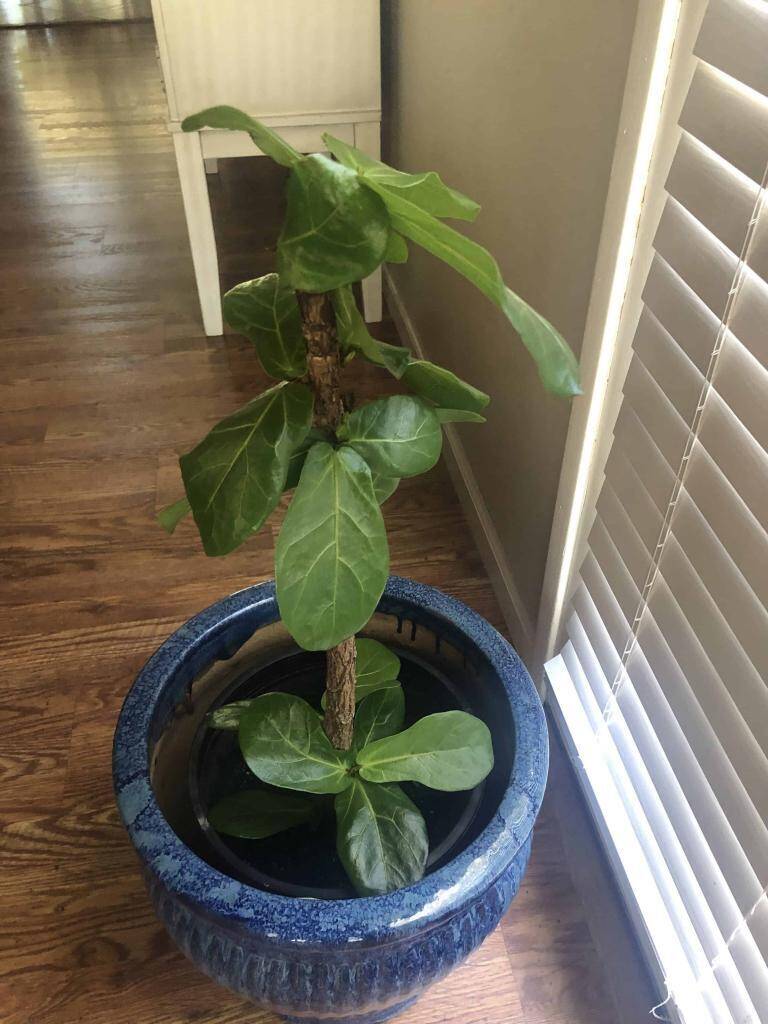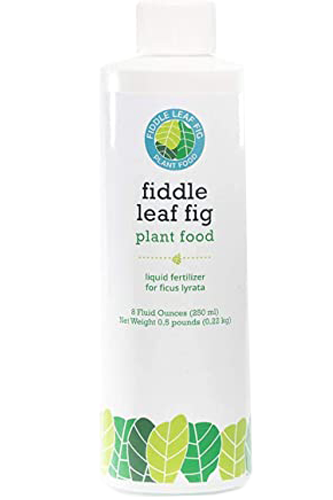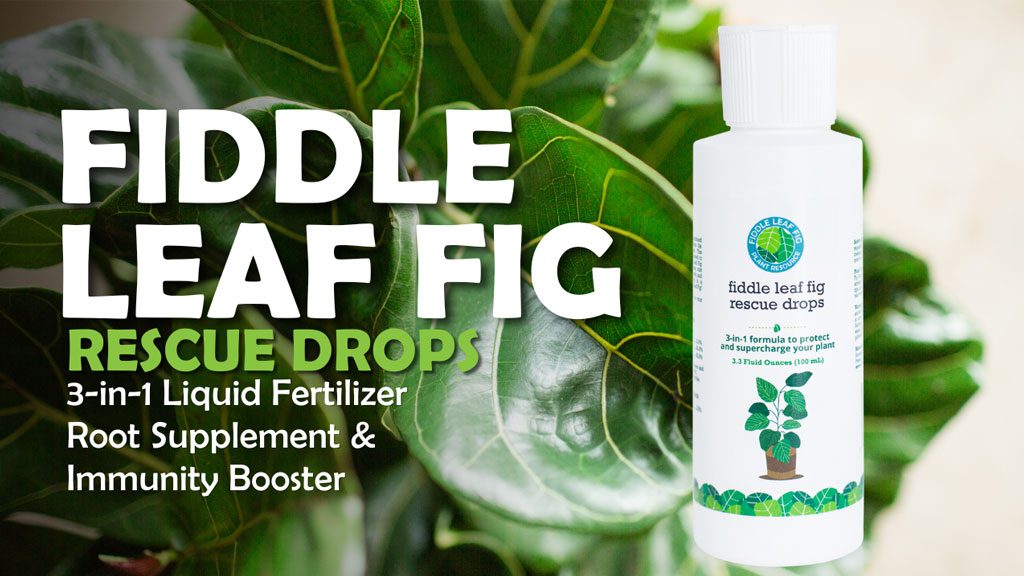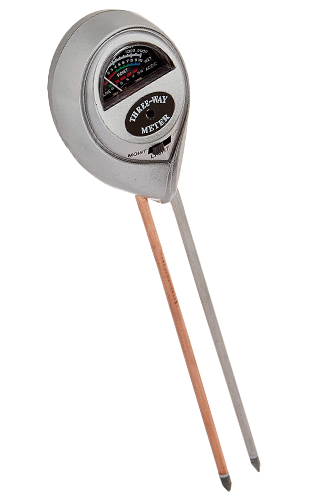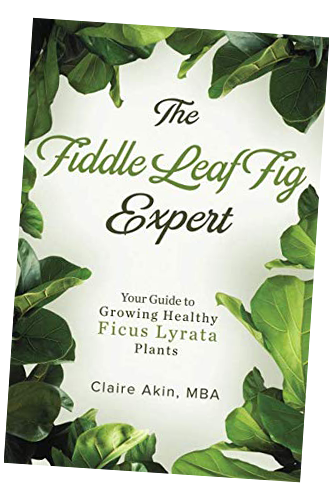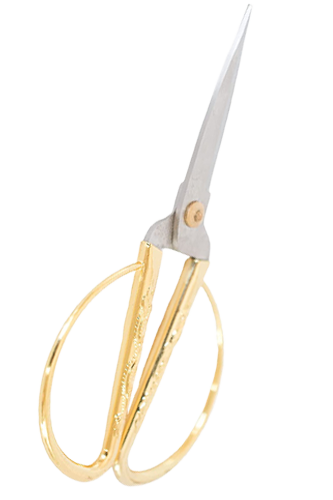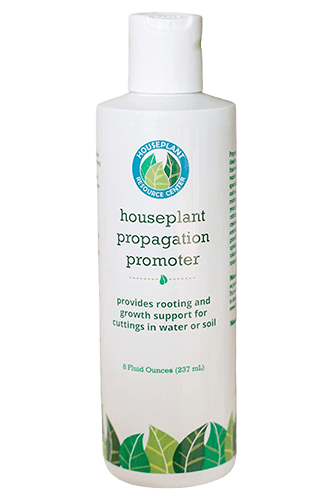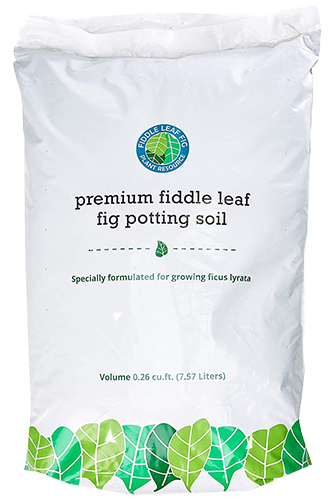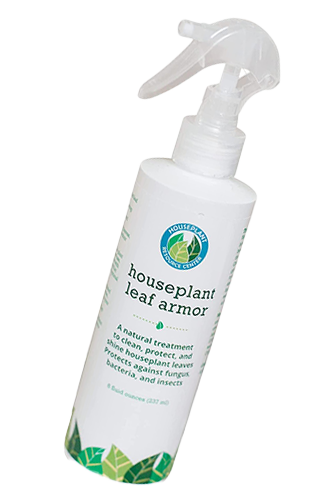Assessing the health of your fiddle leaf fig regularly is important. If your fiddle leaf fig has brown spots, dropping leaves, or isn’t growing at all, you may be asking yourself, “Is my fiddle leaf fig dying?”
Plant-Raising Philosophy
First, it is helpful to identify what your plant-raising philosophy is.
Fiddle leaf figs are incredibly resilient, but you need to ask yourself if it can be saved, if it’s worth saving, and what you’re getting from your relationship with your plant.
If your fiddle leaf fig is dying, you may wonder if you should throw it out and start over. Think about how much time you have. They take time to turn around and it will be beneficial to have a long-term view of reviving your fiddle leaf fig.
Some fiddle leaf figs are very expensive. How much money have you invested thus far, and do you want to buy a new one along with the proper products to help your plant thrive?
Also, you need to consider how much space you have to revive your fiddle leaf fig back to full health. The light they require means they most likely will not be happy tucked away in a corner. Consider where your home has the best bright, indirect light, and that will be the best place for your fiddle leaf fig to recover.
My own plant philosophy is this. I don’t like to have a struggling plant in my home as they are not that pretty to look at, so I place them under a pergola outside.
I refer to this as “putting them out to pasture.” This allows me to leave them outside in the indirect light to recover, and many times I find they start producing new growth and then are healthy enough to bring back into the home.
Revive a Dying Fiddle Leaf Fig
Consider this fiddle leaf fig that lost all of its leaves and was down to just one bare trunk.

The owner decided not to throw it out, but attempted to bring it back to health.
She repotted it in fresh soil, watered it every week, and waited with her fingers crossed.
After about a month, the stick started to show signs of life. The trunk started growing new leaves and getting taller. Two months later, the tree has several new leaves and is starting to look like its old self.

Reasons Your Fiddle Leaf Fig Is Dying
Brown Spots on Leaves
Brown spots on fiddle leaf fig leaves can indicate there is something wrong with the root system. If there is a bacterial or fungal root infection, this is root rot. Root rot can kill your plant within a matter of days or weeks.
Root rot is caused by:
- Overwatering
- Lack of drainage
- Not enough light
Correct these issues with your plant and it can recover from a root rot infection.
A helpful product that will treat your root rot infection and protect the roots is our Root Supplement.
If you discover brown spots and/or dropping leaves and suspect root rot is the issue, treat with Root Supplement and it starts working within the first 24 hours to stop the infection and protect your root system.
Dropping Leaves
If your fiddle leaf fig is dropping leaves and more than 50% of the leaves have dropped, your fiddle leaf fig is dying.
You’ll want to correct any drainage issues and overwatering to stop the leaf drop. To save the remaining leaves on the plant, treat with root supplement and place the plant in the brightest indirectly lit place in your home.
Yellowing Leaves
Yellow leaves can happen for a couple of reasons, the first being that the soil is too acidic.
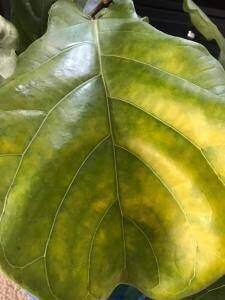
The perfect pH for fiddle leaf fig trees is 6.5–7. Anything under 6 will be too acidic. The best way to test the acidity of the soil is with a 3-in-1 soil meter.
Another reason for yellowing leaves is a lack of fertilizer. If the soil acidity is a 6 or above but your fiddle leaf fig has been in the same pot and same soil for a year or more, the nutrients have been depleted. That means your fiddle is starving to death which causes the yellowing of the leaves.
Revive your fiddle leaf fig by adding Fiddle Leaf Fig Plant Food every time you water. Fiddle Leaf Fig Plant Food is the perfect 3-1-2 NPK ratio that fiddle leaf figs need.
Your leaves will be the green and gorgeous leaves you expect.
Red Spots on Fiddle Leaf Fig Leaves
Tiny red spots on your fiddle leaf fig leaves are commonly known as edema.
New growth is a great sign for your fiddle leaf fig, and if you see edema, there is nothing to worry about.
Edema is normal, and as the leaf grows, the edema will disappear.
Remember to water consistently and provide your fiddle leaf fig with the light it needs, and in time, you will have a fiddle leaf fig that produces new growth free of spots from edema.
Help Revive Your Fiddle Leaf Fig
Is your fiddle leaf fig dying or continuing to decline and you aren’t sure why? Join our thriving Facebook Group.
With over 47K+ members, you can post pictures, videos, and ask questions and get support and advice from other fiddle leaf fig owners.
Remember, fiddle leaf fig plants are very resilient and a small change can make a huge difference with the health of your plant.
To learn more:
- Sign up for our free Fiddle Leaf Fig Care 101 Webinar or our free Fiddle Leaf Fig Course, and make sure you’re subscribed to our newsletter.
- Download our free Propagation Guide
- Read The Fiddle Leaf Fig Expert, your complete guide to growing healthy fiddle leaf fig plants. The book is available in full-color paperback or Kindle edition on Amazon now!
- Join our Facebook Community and chat with other fiddle leaf fig lovers.
Grab the Essentials for Your Fiddle Leaf Fig:
- Premium Fiddle Leaf Fig Potting Soil
- Fiddle Leaf Fig Plant Food
- Root Rot Treatment to treat one of the most common issues affecting fiddle leaf figs.
- Houseplant Leaf Armor to protect against insects, bacteria, and fungus (As an added bonus, it also cleans and adds shine to your plant’s leaves!)
- Moisture meter to always know when your plant is thirsty.
- Houseplant Propagation Promoter to propagate more quickly and with more success.

